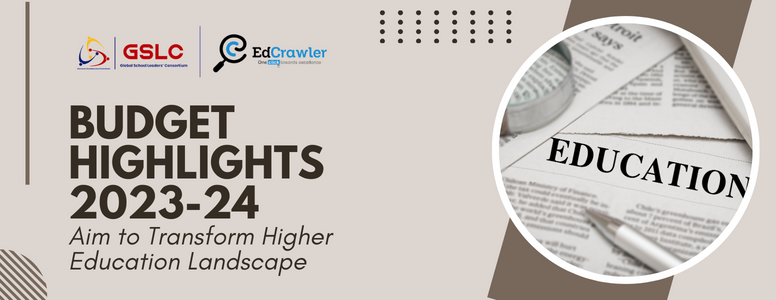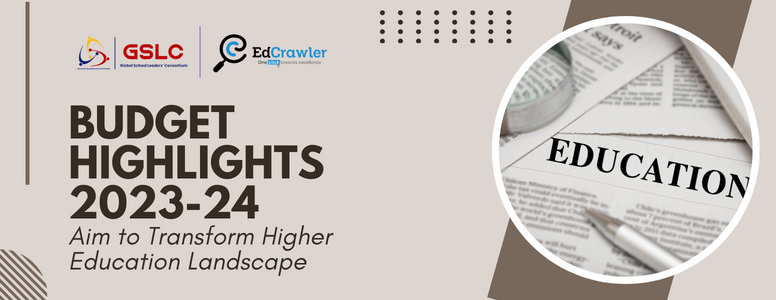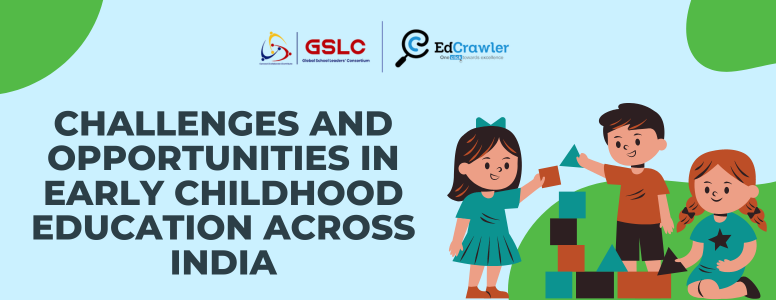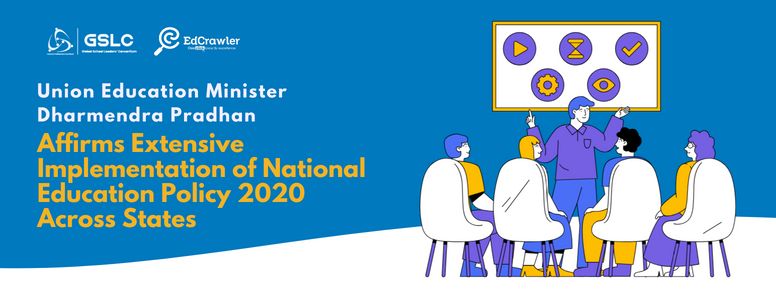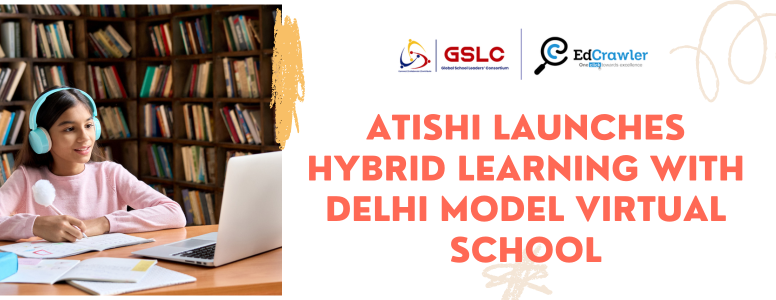How Multiple Entry-Exit System for Sutdents is a Significant Advancement for Higher Education in India

Experts assert that the implementation of the multiple entry and exit system (MEES) in India, as outlined in the National Education Policy 2020 (NEP 2020), offers a transformative shift in higher education, promoting inclusivity and student-centeredness. This approach presents several advantages, including the flexibility for students to tailor their learning pace and obtain specific skills and qualifications without committing to a full-degree program. Additionally, it encourages lifelong learning by enabling individuals to return to education at various stages of their careers. However, concerns have arisen regarding the effective execution of the MEES.
A recent parliamentary panel expressed reservations about the practicality and impact of this system. While skepticism is a vital part of democratic discourse, it is essential to delve deeper into the objectives that this system aims to accomplish. Shobhit Mathur, Vice-Chancellor and Co-Founder of Rishihood University in Gurugram, emphasizes that the MEES is designed to address long-standing issues such as inflexible academic structures, high dropout rates, and the lack of interdisciplinary learning opportunities. While the concerns raised by the panel are valid, they can be mitigated through a well-considered implementation strategy involving all stakeholders, including educational institutions, students, and policymakers.
The MEES is an innovative approach that provides students with the flexibility to enter or exit academic programs at various stages. For instance, a student enrolled in a four-year undergraduate program can choose to exit after one year with a certificate or after two years with a diploma. Should the student decide to continue, they can complete the full degree. This system embodies the principles of flexibility, adaptability, and student-centricity, aligning with global educational norms seen in countries like the United States, where students have the freedom to change majors, take academic breaks, or transfer credits between institutions.
This modular learning approach deconstructs educational programs into smaller, manageable units, each with its own set of outcomes and credits. These credits serve as building blocks, which students can accumulate along the way and combine to obtain different qualifications. Professor Rajesh Kumar Sinha, Dean-Academics at SGT University in Gurugram, further explains that this model recognizes prior learning experiences, such as work experience or informal knowledge acquisition. For example, a psychology graduate aspiring to transition into a data-related field can seamlessly do so by earning a data analysis certificate.
Consequently, this concept not only promotes lifelong learning but also enhances employability by offering intermediate qualifications that align with specific industries or job roles, allowing students to enter the workforce sooner. This flexibility is particularly advantageous for individuals seeking immediate job opportunities or contemplating career changes in today's dynamic job market, where career paths are no longer linear.
In this context, the ability to adapt one's educational qualifications becomes invaluable. The MEES system facilitates this flexibility, enabling students to dynamically align their academic journey with their career aspirations. Furthermore, it nurtures a culture of continuous learning, allowing individuals to re-engage with formal education at various life stages.
The success of this system's nationwide implementation hinges on the establishment of a robust and transparent credit system. Educational quality assurance should be the responsibility of higher education institutions themselves, reducing bureaucratic layers. A culture of self-regulation and internal quality assurance can maintain high educational standards.
Dr. Sinha believes that this concept holds significant potential, provided it is carefully planned. The feasibility of implementing it in the Indian education system depends on factors like infrastructure, regulatory frameworks, quality assurance, and the integration of educational technology. Given India's diverse education landscape, both online and offline resources are necessary to support various learning pathways. Quality-monitoring mechanisms must be in place to uphold educational standards, ensuring that certificates and diplomas earned through this approach hold value and are respected by employers and educational institutions.




